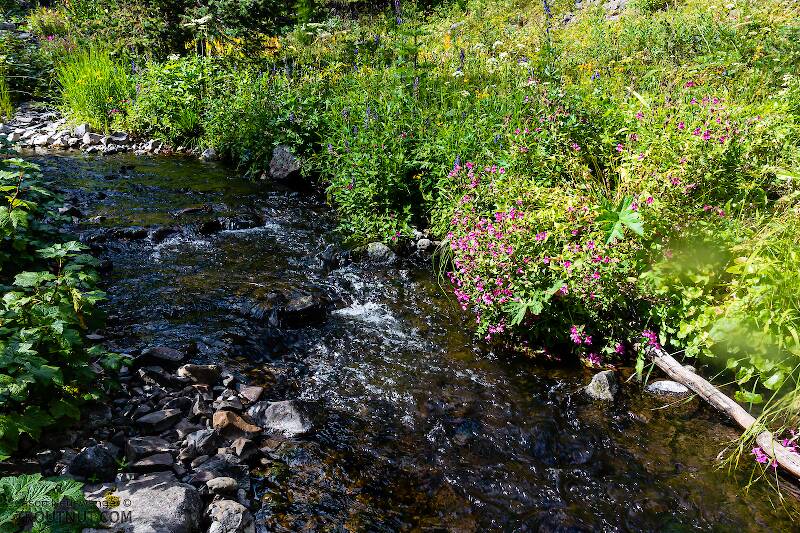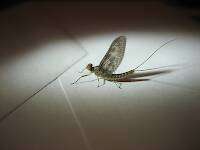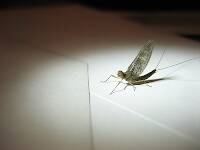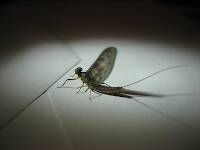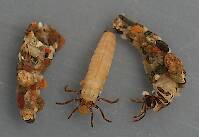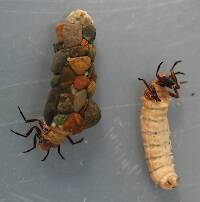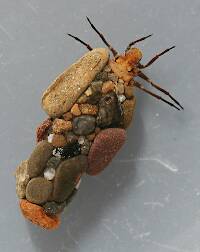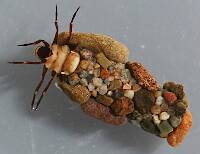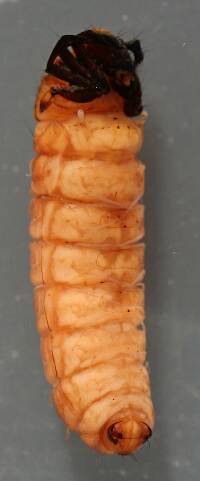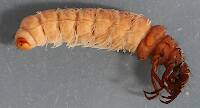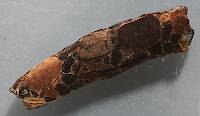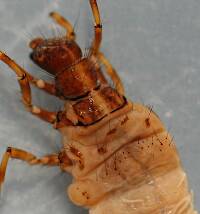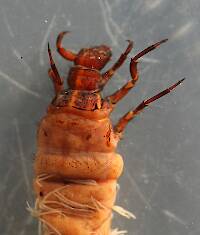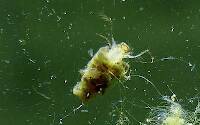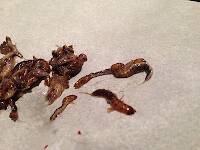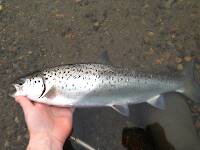
Hex Mayflies
Hexagenia limbata
The famous nocturnal Hex hatch of the Midwest (and a few other lucky locations) stirs to the surface mythically large brown trout that only touch streamers for the rest of the year.
Featured on the forum

This specimen resembled several others of around the same size and perhaps the same species, which were pretty common in my February sample from the upper Yakima. Unfortunately, I misplaced the specimen before I could get it under a microscope for a definitive ID.

Troutnut is a project started in 2003 by salmonid ecologist Jason "Troutnut" Neuswanger to help anglers and
fly tyers unabashedly embrace the entomological side of the sport. Learn more about Troutnut or
support the project for an enhanced experience here.
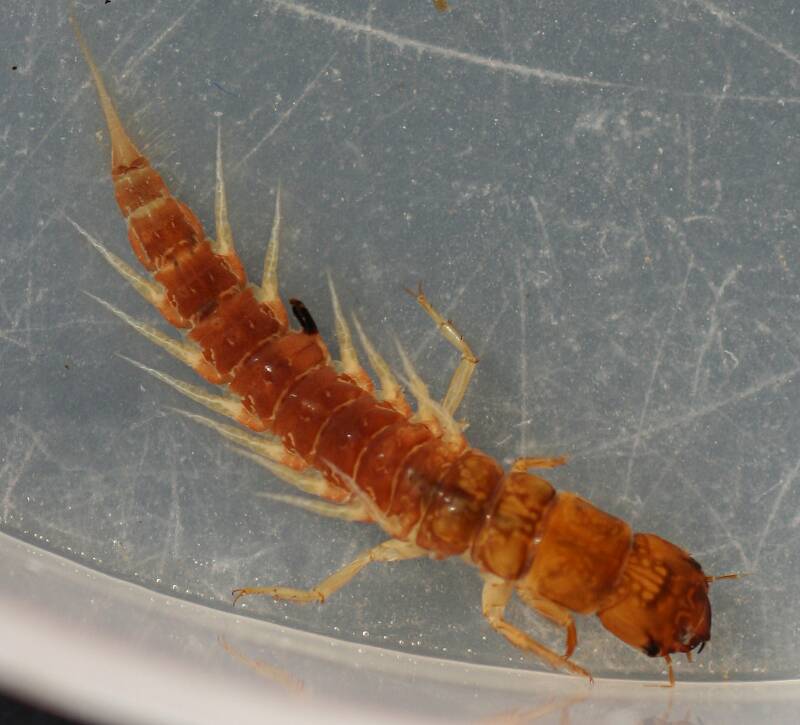
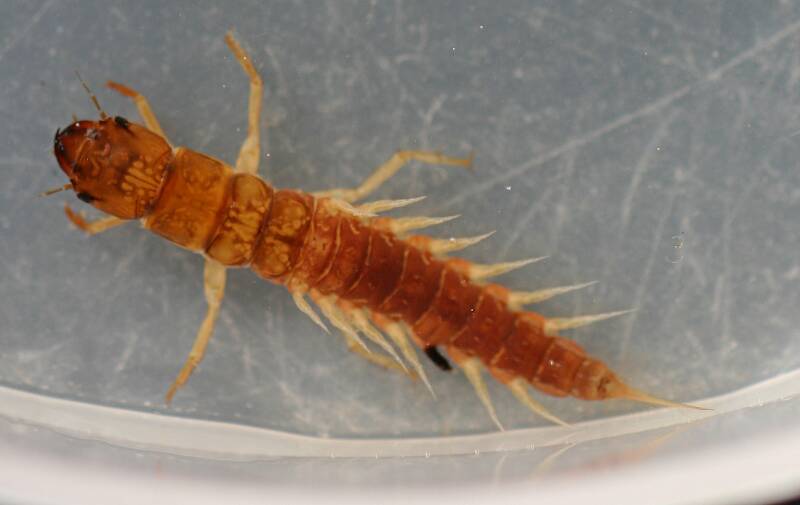
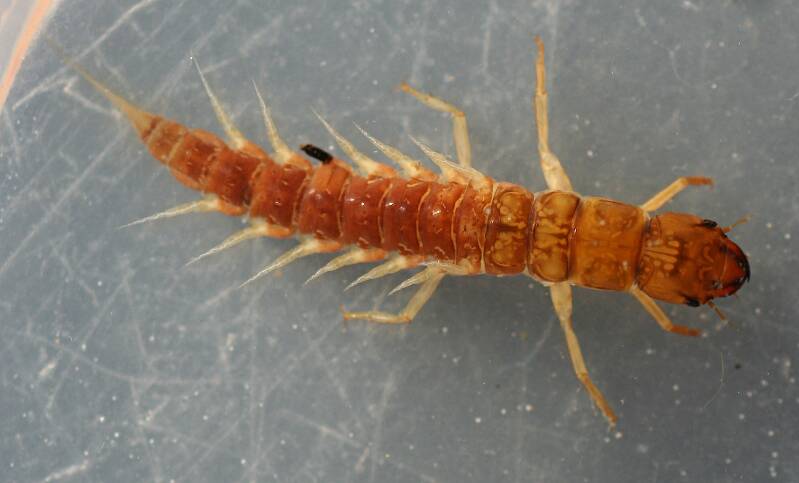

Millcreek on Dec 1, 2016December 1st, 2016, 7:12 am EST
This species, Sialis, also known as an alderfly, was identified to genus using Merritt, Cummins And Berg. There is no key to the California species of Sialis larvae.
They are usually found in slackwater areas of rivers and streams with a silt bottom and dead leaves. This one was found in the Russian River and measures about 16mm.
They are usually found in slackwater areas of rivers and streams with a silt bottom and dead leaves. This one was found in the Russian River and measures about 16mm.
"If we knew what it was we were doing, it would not be called research, would it?"
-Albert Einstein
-Albert Einstein
Taxon on Dec 2, 2016December 2nd, 2016, 10:05 am EST
Very cool, Mark. I believe larvae are also found in lakes and ponds.
Millcreek on Dec 2, 2016December 2nd, 2016, 1:03 pm EST
Roger-
They are pretty neat little animals. Yeah, they do live in ponds and lakes. And I believe they are also one of the few aquatic insects that pupate on land.
They are pretty neat little animals. Yeah, they do live in ponds and lakes. And I believe they are also one of the few aquatic insects that pupate on land.
"If we knew what it was we were doing, it would not be called research, would it?"
-Albert Einstein
-Albert Einstein
Taxon on Dec 2, 2016December 2nd, 2016, 3:00 pm EST
Mark-
Right, the Megalopterans and most aquatic Coleopterans.
Right, the Megalopterans and most aquatic Coleopterans.
Creno on Dec 4, 2016December 4th, 2016, 5:10 am EST
There are also some primarily terrestrial caddis (see Anderson 1967 for a great discussion of Philocasca demita) and a couple where larvae leave the water and pupate terrestrially. There is still alot to be learned about caddis life history in intermittent aquatic systems.
Crepuscular on Dec 5, 2016December 5th, 2016, 3:29 am EST
There are also some primarily terrestrial caddis (see Anderson 1967 for a great discussion of Philocasca demita) and a couple where larvae leave the water and pupate terrestrially. There is still alot to be learned about caddis life history in intermittent aquatic systems.
Great stuff here.
Quick Reply
Related Discussions
Topic
Replies
Last Reply
1
Jan 15, 2018
by Millcreek
by Millcreek
2
Feb 2, 2018
by PaulRoberts
by PaulRoberts

